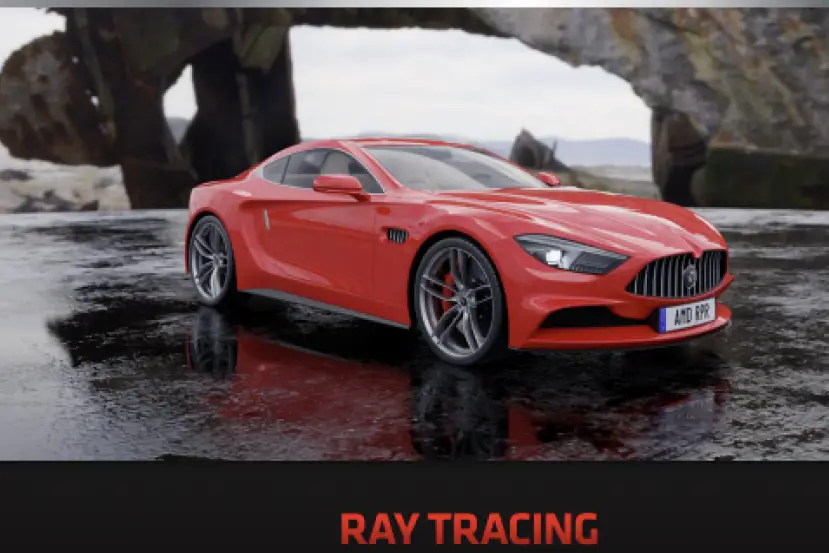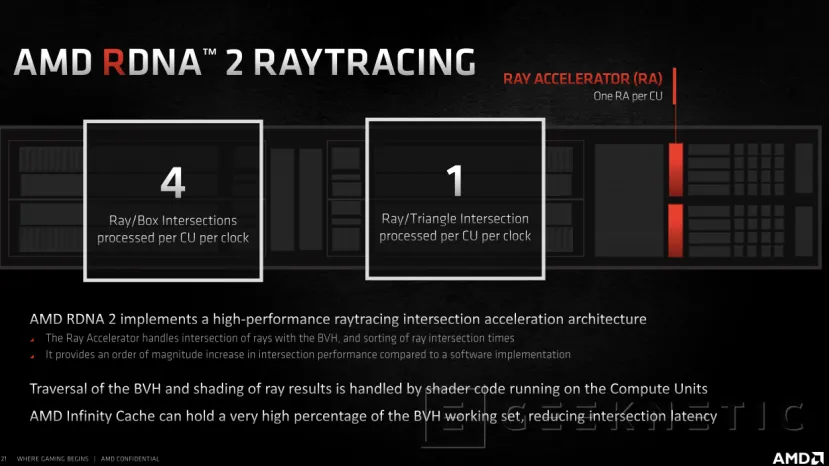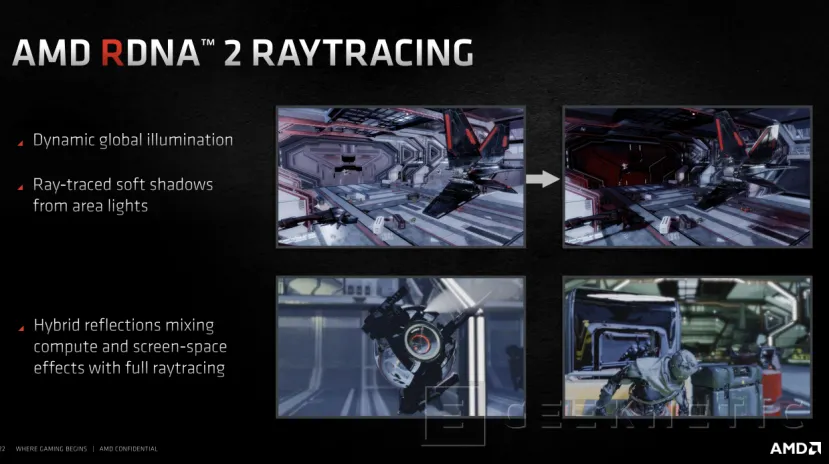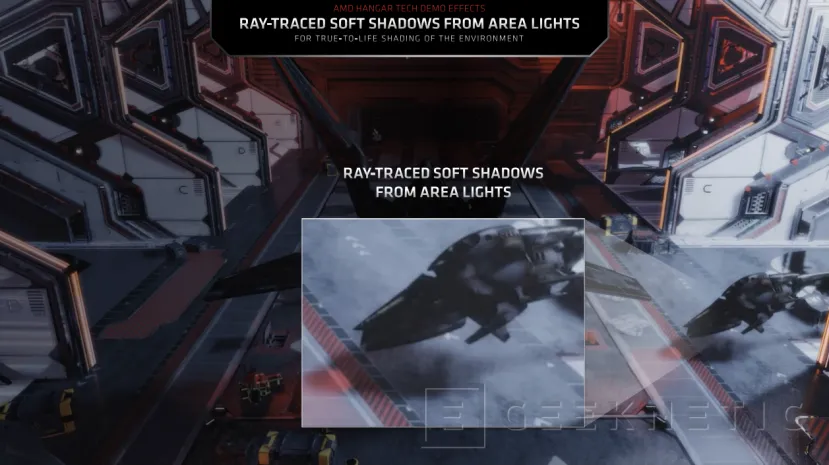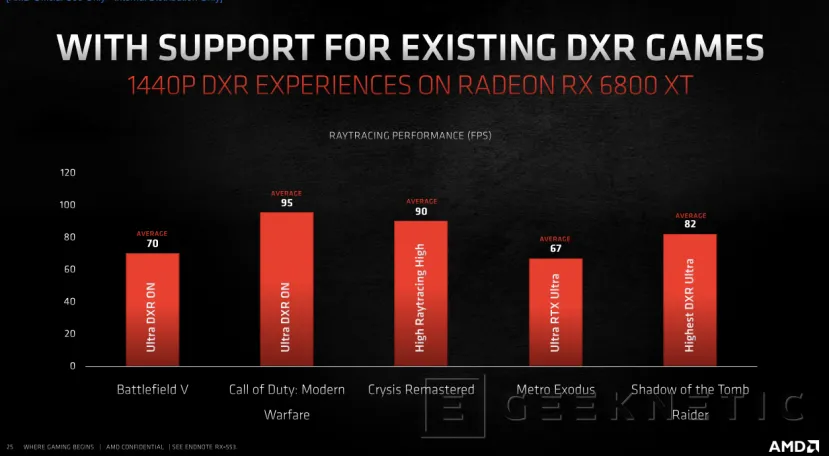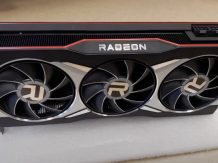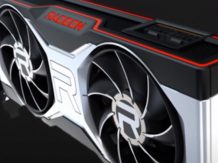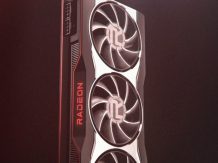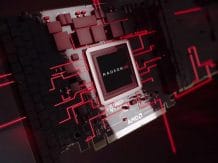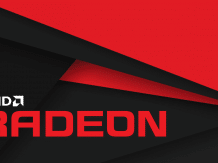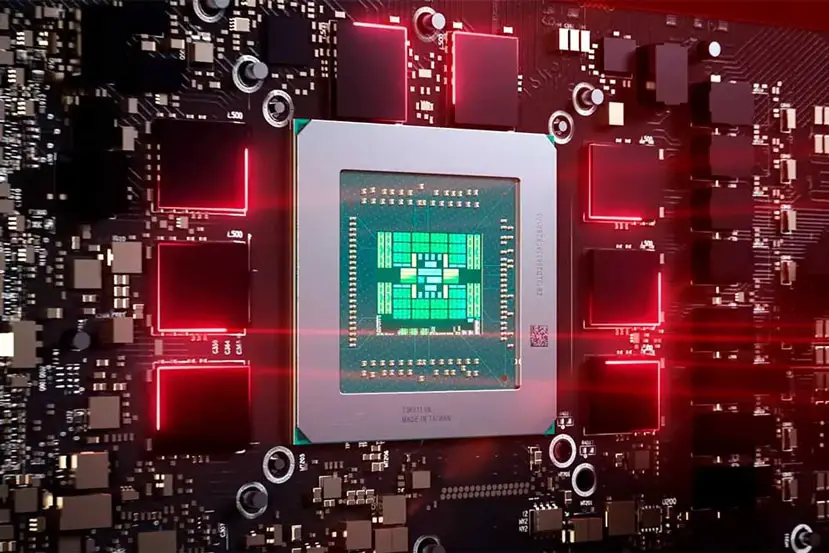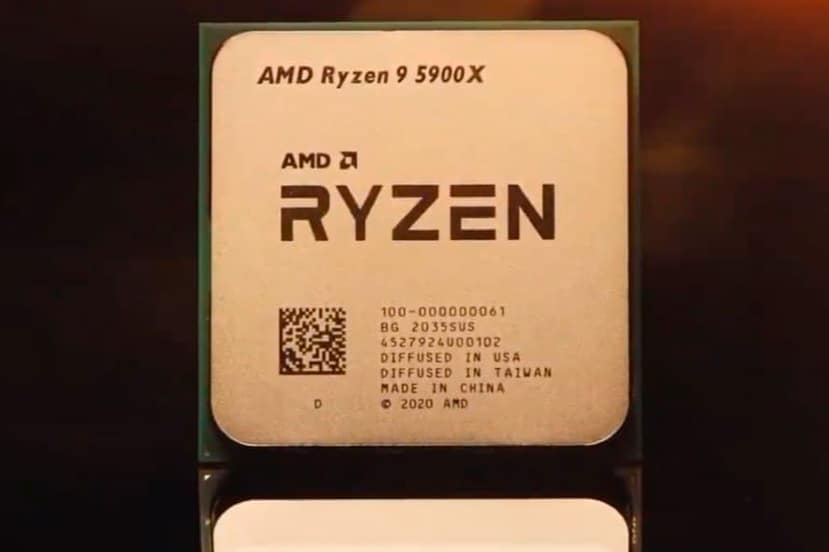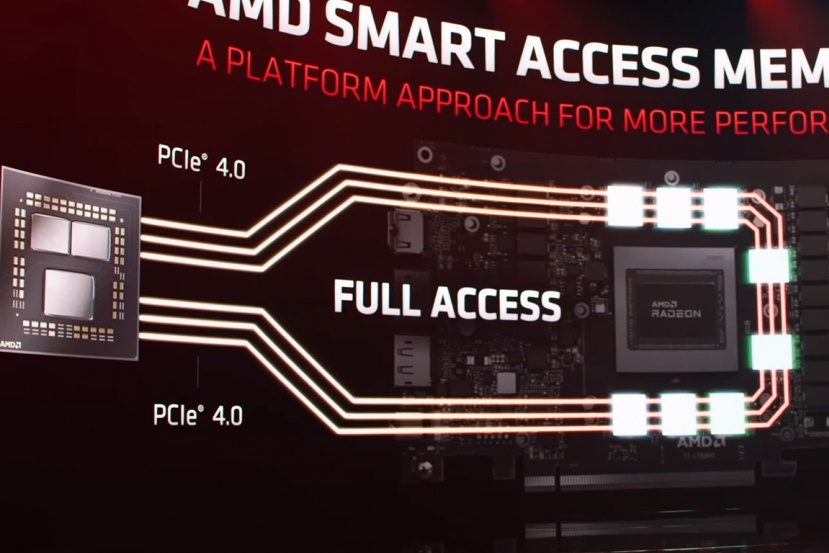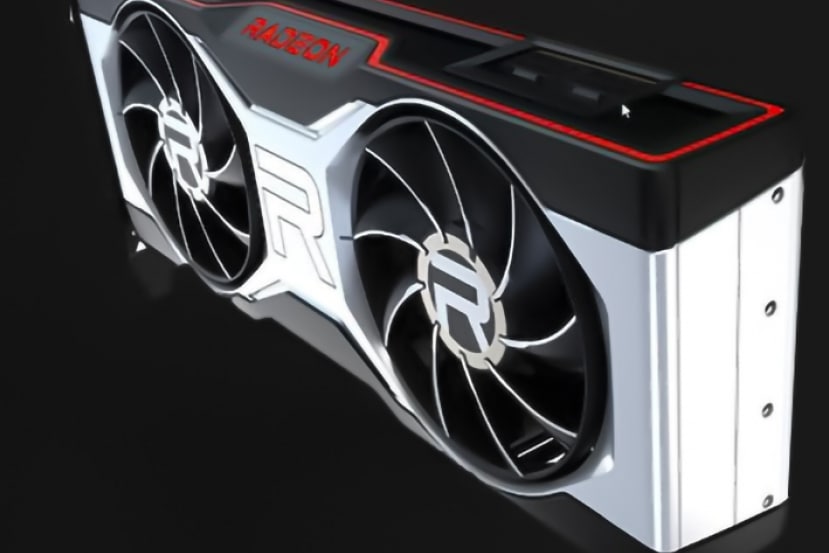Today the first graphics cards based on AMD’s new RDNA 2 architecture hit the market. Specifically, the models launched today and that we have just analyzed in our reviews are the AMD Radeon RX 6800 XT and the AMD Radeon RX 6800. One of the novelties that they introduce and that was missing in the last generation is the expected support for Raytracing por hardware.
Raytracing is a technique that allows to simulate the path of light rays (ray tracing) in a 3D environment, achieving highly realistic effects, in exchange for an enormous computational cost. Therefore, the most common implementation today is to use it to create lighting and shading effects on raster models in a traditional way.
Still, performing the necessary calculations to create these raytraced effects is very resource intensive on the GPU. To make it more affordable is where hardware acceleration comes into play in the form of dedicated accelerators in GPUSs. In NVIDIA the RT Cores of the RTX are used and in the new AMD Radeon RX 6000 we have the Ray Accelerators.
Each CU of an AMD RDNA 2 graphics includes a Ray Accelerator for Raytracing
RDNA 2 introduces this component into each CU or computing unit. That means, that in a GPu like the RX 6800 XT tendremos 72 CUs y 72 Ray Accelerators.
In a full RDNA 2 GPu, like the one on the Radeon RX 6900 XT, we will have the 80 RAs for its 80 CUs.
Each RDNA 2 Ray Accelerator is in charge of calculating the intersections of the rays or lighting surfaces so that the CUs can apply the effects directly without the need to perform these calculations by software. In this way, large performance penalties are avoided, all by communicating the data through Infinity Caché within each CU.
Specifically, each RDNA 2 RA is capable of calculating 4 intersections of rays and “boxes” for each clock cycle, or one intersection between rays and triangles for each clock cycle.
The applied effects range from dynamic shadows generated from area highlights, global highlights or surface refractions, which also react to shadows and highlights thanks to ray tracing.
This technology is compatible with most games that support DXR (Raytracing DirectX), with titles like Battlefield C, COD: Moder Warfare / Warzone, Metro Exodus, the new Crysist, etc. and Where an RX 6800 XT is capable of handling with FPS rates above 67.
Professional design applications are also optimized with this technology, as RAs from RDNA 2 GPUs can be leveraged to accelerate raytracing processing in those environments.
End of Article. Tell us something in the Comments or come to our Forum!





